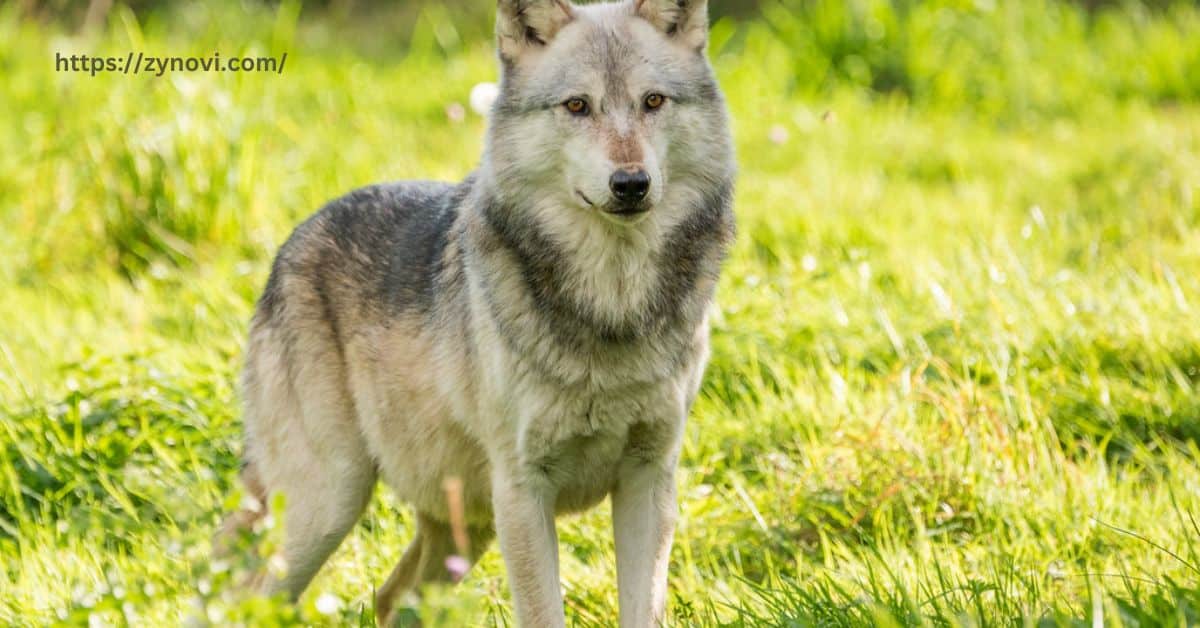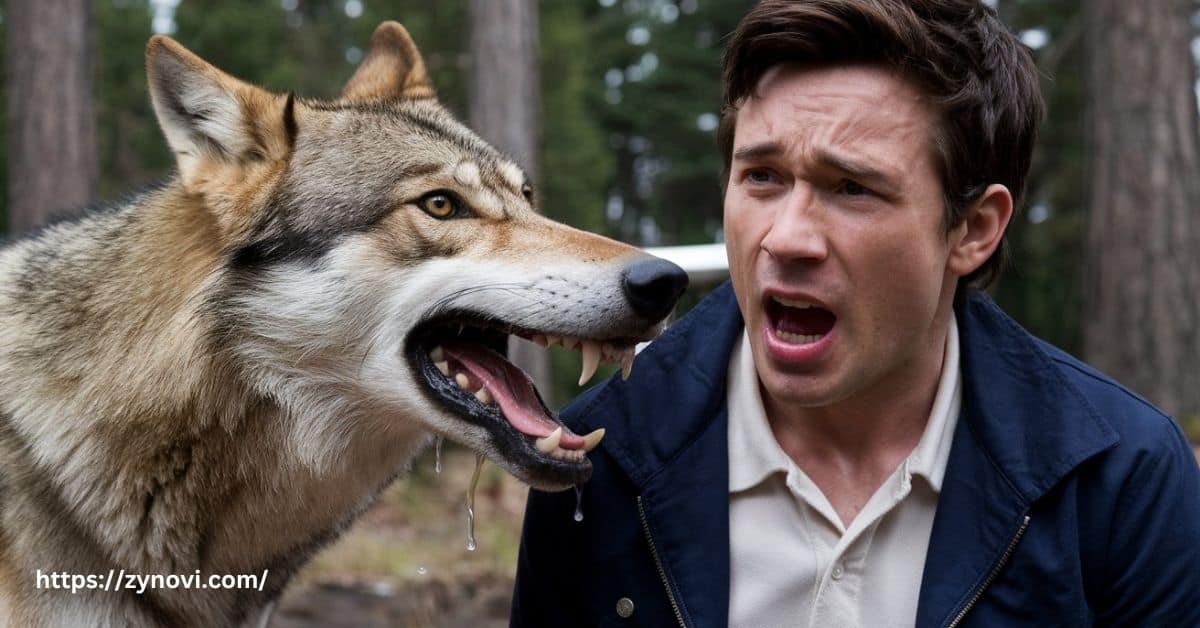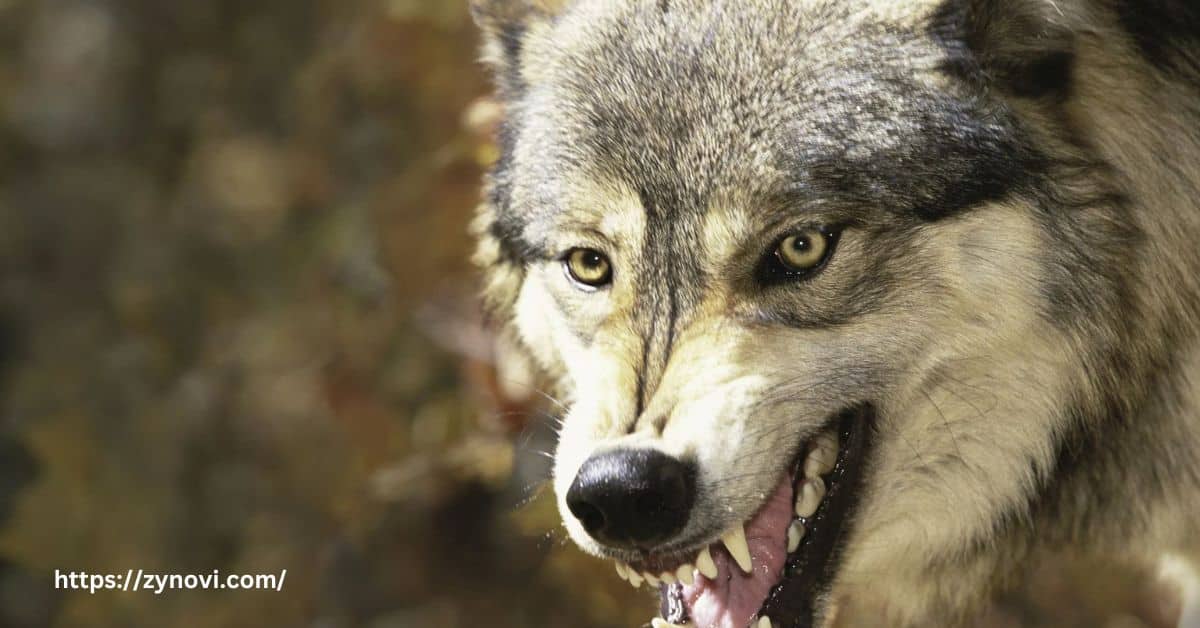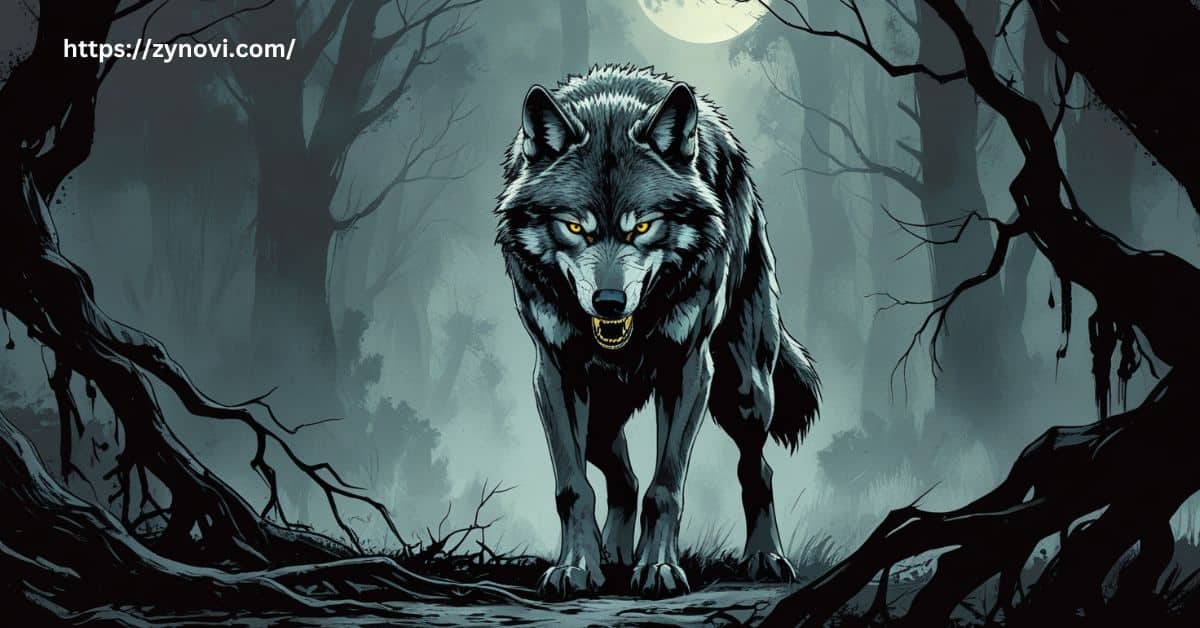Do Wolves Attack Humans? Wolves rarely attack humans, such incidents being extremely uncommon and usually linked to provocation or disease.
It’s a question that’s likely crossed your mind, especially if you’ve ever ventured into wilderness areas where wolves roam. The image of these fierce creatures might spark both awe and fear, but how real is the risk of an attack?
In this article, we’ll explore the truth behind wolf behavior and what you need to know about staying safe in their habitats. You’ll discover just how rare attacks are, why wolves generally avoid humans, and how you can minimize any risk while enjoying the great outdoors. Keep reading to uncover the facts!
Understanding Wolves
What Are Wolves?
Wolves (Canis lupus) are highly social predators belonging to the Canine family. Known for their complex pack dynamics, wolves live and hunt in groups led by an alpha pair.
Here’s the expanded content in a table format:
| Aspect | Details |
|---|---|
| Species | Gray Wolf (Canis lupus lupus): Found across North America, Europe, and Asia, they are the most widespread wolf species. Red Wolf (Canis rufus): Native to the southeastern United States, they are critically endangered and distinct in appearance. |
| Diet | Wolves are carnivores, primarily preying on deer, elk, moose, and smaller animals like rabbits, birds, and sometimes fish. They are apex predators, playing a crucial role in maintaining ecosystem balance. |
| Habitat | Wolves thrive in a variety of ecosystems, including dense forests, open tundras, and expansive grasslands, showcasing their adaptability to diverse environmental conditions. |
Wolves Role in Ecosystems
Wolves play a vital role as apex predators, maintaining balance in the food chain. For example:
- Yellowstone Case Study: Reintroduced wolves in Yellowstone reduced elk numbers, allowing forests to recover.
- Biodiversity Boost: Wolves limit overgrazing, benefiting other species like beavers and birds.
- Habitat Health: By controlling herbivore populations, wolves promote plant growth and habitat regeneration.
- Scavenger Support: Wolves leave carcasses that feed scavengers, enhancing food availability for other wildlife.
Culture and History of Wolves

Wolves in Mythology and Folklore
Wolves have been a central figure in European folklore, symbolizing danger and cunning in tales like “Little Red Riding Hood.” In contrast, Native American cultures often revered wolves as symbols of loyalty and guardianship.
- In France during the 18th century, wolves were feared due to rabid attacks and were often hunted.
- The Pawnee tribe in North America viewed wolves as spiritual guides, emphasizing their connection to nature.
Historical Relationships Between Wolves and Humans
The relationship between wolves and humans has been complex and ever-changing.
- In earlier centuries, habitat overlap and human encroachment often led to frequent conflicts, as wolves were seen as threats to livestock and communities.
- By the 19th century, deforestation and widespread hunting drastically reduced wolf populations, minimizing encounters but also pushing wolves to the brink of extinction in many regions.
Do Wolves Attack Humans?
Historical Wolf Attacks
Historically, wolf attacks were more common due to the prevalence of rabies and human-wolf encounters. Key facts include:
- Medieval Europe: Numerous accounts of rabid wolf attacks were documented, particularly in France and Russia.
- 18th and 19th centuries: Reports of wolves attacking humans in India, Iran, and parts of Asia were often linked to habitat destruction.
Table: Notable Historical Wolf Attack Statistics
| Region | Timeframe | Cause | Fatalities |
|---|---|---|---|
| France | 1764–1767 | Rabies, Predation | 100+ |
| India | 1875–1925 | Predation, Hunger | 115+ |
| North America | Pre-1900 | Defensive Behavior | Rare |
Modern-Day Wolf Attacks
- Rare in North America: Between 2002–2020, only two fatal wolf attacks were recorded in North America.
- Europe and Eurasia: Rabies control and improved wildlife management have significantly reduced wolf attacks in these regions.
- Human Avoidance: Wolves naturally fear humans and usually avoid contact unless they feel threatened or become food-conditioned.
- Habituation Risks: Wolves accustomed to human food or proximity are more likely to exhibit aggressive behavior.
- Key Preventative Measures: Public education and responsible wildlife practices help minimize human-wolf conflicts globally.
What Drives Wolf Attacks on Humans?

Disease and Rabies
Rabies, a viral disease affecting the brain, is a major factor in rabid wolf attacks.
- Symptoms in Infected Wolves: Rabid wolves often display unusual aggression, disorientation, and an increased likelihood of attacking humans or livestock.
- Historical Rabies Outbreaks: France experienced severe rabies outbreaks during the 18th century, leading to widespread fear and numerous fatalities.
- Global Prevention Efforts: Vaccination programs targeting wildlife and domestic animals have drastically reduced rabid wolf cases worldwide.
- Continued Vigilance: Public awareness and consistent monitoring remain critical to preventing rabies outbreaks in wolf populations.
Human Influence: Food Conditioning and Habitat Encroachment
- Food-Conditioned Wolves: Wolves that associate humans with food lose their natural fear, increasing the risk of conflicts.
- Improper Waste Management: Careless garbage disposal and feeding wildlife encourage wolves to approach human settlements in search of food.
- Impact of Habitat Destruction: Human activities like deforestation and urban expansion push wolves closer to populated areas, heightening encounters.
- Regional Examples: In India and North America, habitat encroachment has led to more frequent interactions between wolves and humans.
- Long-Term Effects: Continued food conditioning and habitat loss may lead to behavioral changes in wolf populations, impacting human-wolf coexistence.
Types of Attacks: Defensive and Predatory
Do Wolves Attack Humans? There are some types of attacks like defensive and predatory attacks
- Defensive Attacks: These occur when wolves perceive a threat to themselves, their territory, or their pack, often as a response to human encroachment or provocation. Common triggers include sudden movements, loud noises, or entering a wolf’s den area during pup-rearing seasons.
- Predatory Attacks: Rare and typically involve wolves that are sick, injured, or starving, leading them to target humans as potential prey. Such attacks are more likely in regions with scarce natural prey or during harsh winters when food is limited.
Reducing the Risk of Wolf Encounters

Effective Wildlife Management Strategies
Wildlife management practices aim to balance ecosystems while promoting human-wolf coexistence through education, regulations, and community engagement.
- Wolf Conservation Programs: Efforts like the reintroduction of wolves to Yellowstone National Park have successfully restored ecological balance by controlling prey populations and enhancing biodiversity.
- Population Management: Using scientific research, authorities implement policies to monitor wolf numbers, prevent overpopulation, and maintain healthy ecosystems.
- Rabies Control Measures: Vaccination initiatives, such as those in India and Iran, have significantly reduced rabies transmission in wolf populations, minimizing risks to humans and other animals.
Personal Safety Tips for Wolf Encounters
When exploring wolf-inhabited areas, follow these guidelines:
- Maintain a Safe Distance: Always stay at least 100 feet away from wolves. Approaching a wolf can provoke defensive behavior, even if it appears calm.
- Avoid Food Conditioning: Secure all food in bear-proof containers and dispose of waste properly to prevent attracting wolves. Feeding wolves can lead to dangerous habituation.
- Carry Effective Deterrents: When hiking or camping in wolf habitats, carry tools like bear spray, noise-making devices, or flashlights to deter potential encounters safely.
Checklist: What to Do If You Encounter a Wolf
Stay Calm and Avoid Sudden Movements: Panic can escalate the situation. Stay composed to avoid provoking the wolf.
Make Yourself Appear Larger: Raise your arms, hold your jacket wide, or stand tall to appear intimidating and assertive.
Back Away Slowly: Maintain eye contact and retreat slowly without turning your back, showing you’re not prey.
Use Deterrents if Necessary: If the wolf approaches aggressively, use bear spray, loud noises, or throw objects to scare it away.
FAQs
Are wolves aggressive to humans?
Wolves are not naturally aggressive towards humans; they usually avoid contact unless provoked or threatened.
What to do if a wolf approaches you?
Stay calm, make yourself appear larger, and back away slowly without turning your back on the wolf.
Can a human fight off a wolf?
While wolves are powerful, a human can defend themselves by using deterrents like bear spray or making loud noises.
Will a wolf bite a human?
Wolf bites are rare and typically occur only when the wolf feels threatened, cornered, or rabid.
Conclusion: Do Wolves Attack Humans?
Wolves are intelligent, social animals that play a crucial role in ecosystems. Attacks on humans are rare, particularly in modern times, thanks to effective conservation and management practices. As fear of wolves often stems from historical myths and rabies-related incidents, it’s essential to focus on facts. The majority of wolves avoid human interaction unless provoked or habituated.
By following wildlife management practices and maintaining a safe distance, humans and wolves can coexist peacefully. In the words of Native American wisdom,
“The wolf teaches us to trust our instincts and live harmoniously with nature.”










